When my Google map pointed out a Firefighting Museum in Hudson, New York, on my way home from a recent road trip, I thought it would be a pleasant break in the driving, and maybe a shot at a few interesting pictures.
After two hours in the museum, I realized how little I really knew about firefighting, firefighters, and their equipment. As a child, of course, I had all the Little Golden Books with firemen (they all were, apparently, back then); I had songs, and I had images—and all of them were of city firefighters.
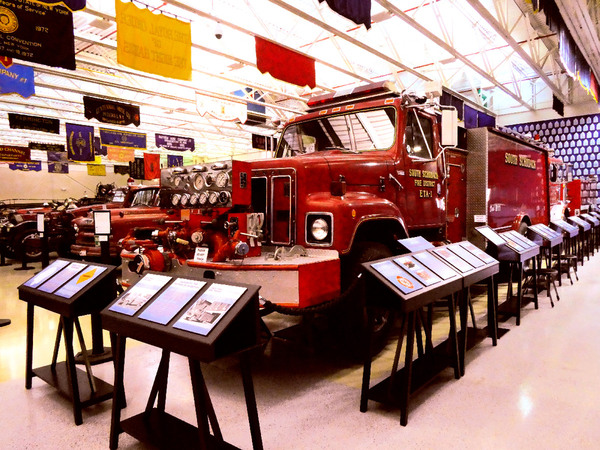
At the museum, I quickly came to see how limited a view I had, even of fighting fires in cities, and what differences there are when it comes to rural and suburban areas.
The museum is operated by the Firemen's Association of the State of New York, which is an organization representing volunteer firefighters from all over the state, lobbying for their interests. In addition to the musuem, FASNY also operates a nursing home that serves retired volunteers.
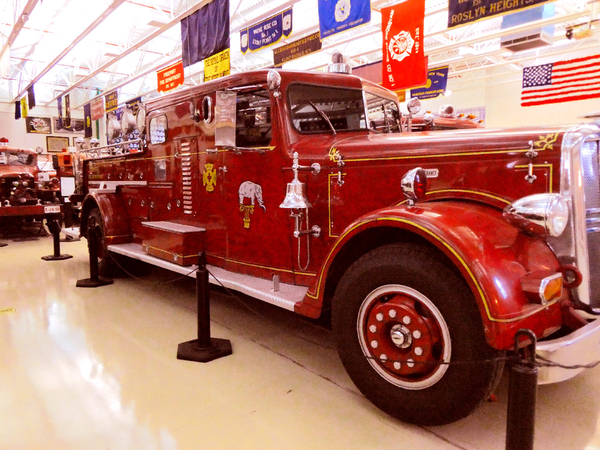
It is a huge museum, with literally dozens upon dozens of trucks and over 20,000 artifacts of all kinds. The museum, oddly, calls them 'firematic' artifacts, but the word doesn't seem to exist outside its walls.
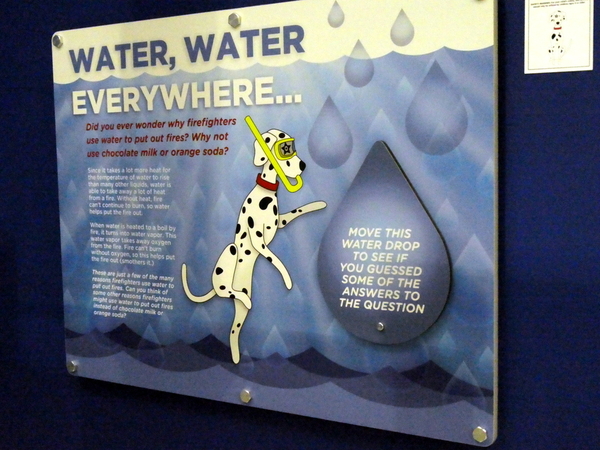
It's very much a family-friendly museum, with many hands-on exhibits and explanations, along with all the tech details a more advanced fan might require.
Since the picture above raises the question of water, let's start there with my education. In the city, and in my mind, the firetrucks arrive and connect their hoses to a fire hydrant on the sidewalk, and the water flows. So, there are hose trucks to connect to the hydrant and ladder trucks for rescue and for holding hoses on the fire.
But what happens if you are dealing with a fire in an area where there are no hydrants to connect to? You either have to bring water with you, or pull it from a local source like a pond or a creek. At the museum, I got my introduction to two more kinds of trucks, one for pumping water locally, and the other for hauling water to the scene.
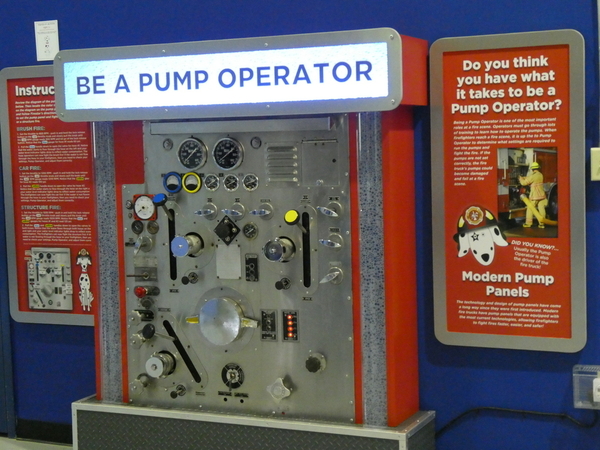
You'll notice the names of a lot of different fire departments on these engines; it turns out that only some of them are second-hand. Most are third-hand or more. Departments that are upgrading often pass their older equipment on to another, and only when it's no longer needed for work does it come to the museum.
Only some of the equipment is purpose-built for fire service; in many cases either specialists, or sometimes local garages built on standard truck chassis. In some cases, fire departments have gotten windfalls; after World War II and again after the Korean War, the military got rid of fleets of trucks meant to ferry gasoline to tanks and other vehicles; many went to fire departments that modified them into water tankers.
The truck below was a local modification, made to allow it to both maintain and refill breathing apparatus for firefighters and to provide on-the-spot treatment.
Another variety of home-made: Not even really a firetruck. For many years New York State fire departments built racing cars to compete with each other. This one is from Long Island.
The museum's collection covers the whole history of firefighting, with many veteran vehicles going back over two centuries. This week we're looking at only the past hundred years, but the pictures below show how much things changed even over that time!
Early on, there were quite a few companies that made fire equipment their business or a serious sideline, but eventually a few companies dominated, including America LaFrance, Seagrave and Mack.
Into the 1930s and 1940s with more familiar shapes emerging, but still with a good deal of shiny trim and, of course, bells and whistles. And lights and sirens.
In the past century, red has been 'the' color for fire equipment, but it's not alone; studies some years ago found that chartreuse and other yellows were easiest to spot at a distance. But other studies found that no matter the visibility issue, people tended to get out of the way of the red trucks that said 'fire' to their brains before they could think about it.
I don't think I've ever seen a scruffy fire vehicle; I suspect they benefit from the amount of time that nothing is burning and firefighters have the time to ensure their equipment is in good condition, and when you look at some of the older equipment in next week's blog, you can see that it was a matter of pride and competition with others.
But this yellow truck has a story beyond decoration or pride; it's the scene of a historic improvement in firefighting. It belonged to the Mattydale Fire Department, and in 1947 it was on a call when a common problem happened. As its hose was unreeled in freezing temperatures, it became kinked and could not be freed or used. Burton Eno, the fire chief, then invented the "Mattydale Lay" which folds the hose across the hose bed, allowing it to be connected to water before the hose is pulled off so that it can't kink.
The Mattydale Lay was widely adapted, and Eno was asked why he had not patented it to make a profit on his idea. He replied that "If it would benefit firefighting that would be my reward."
Next week, we'll take a look at the museum's older equipment and displays, starting from ancient Greece and Rome.
The Museum is currently operating on a reservation basis during the pandemic. It's open Wednesday to Sunday 10 am to 4:30 pm at 117 Harry Howard Avenue, Hudson, NY. Admission is $10, $5 for children 3 and older

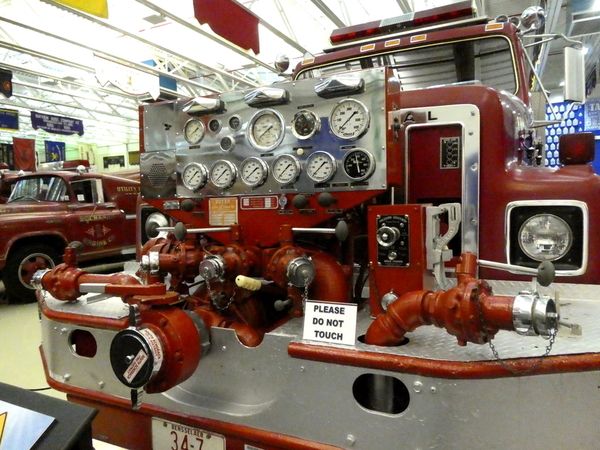
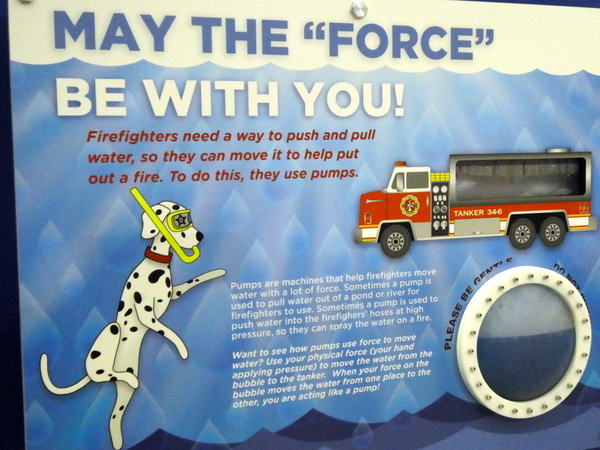

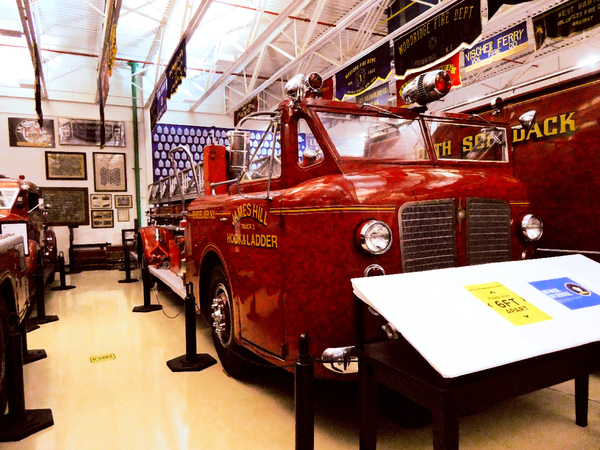
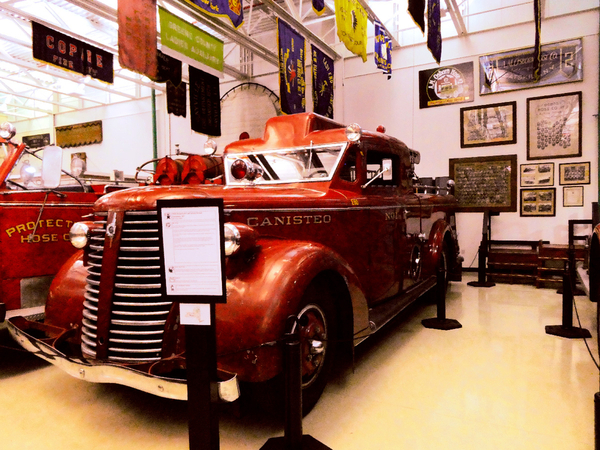


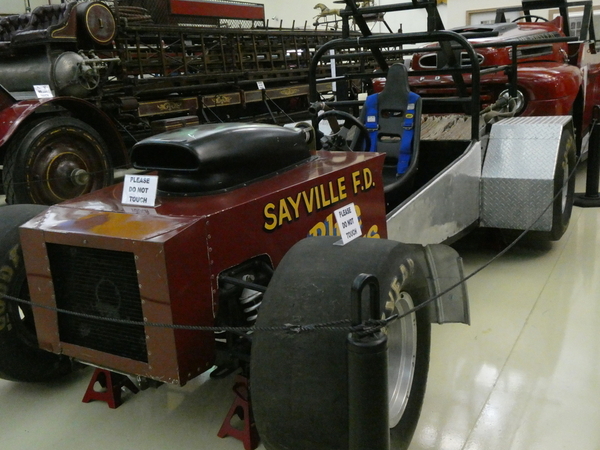
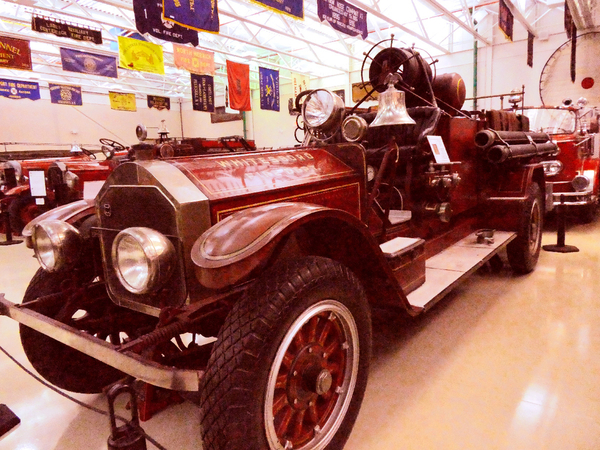
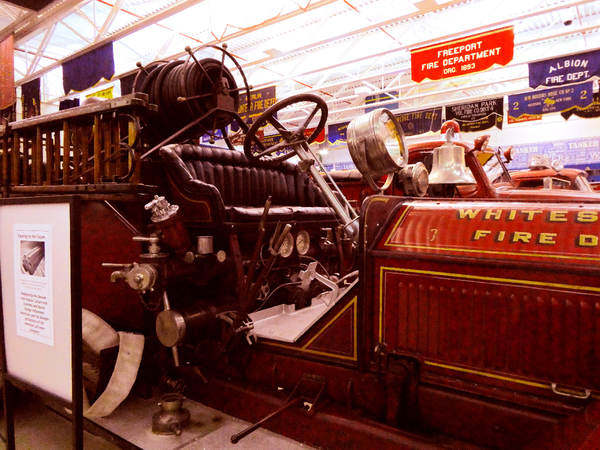
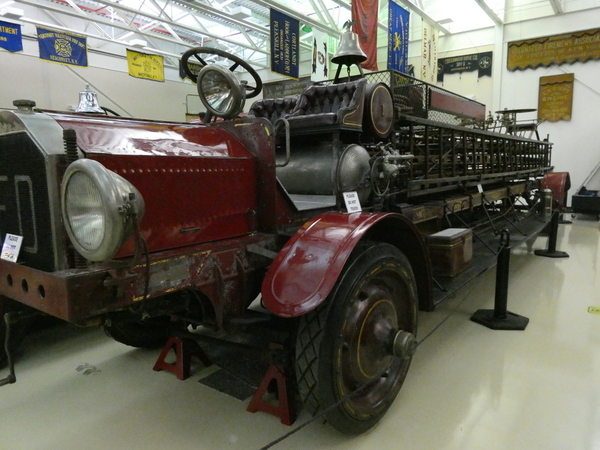
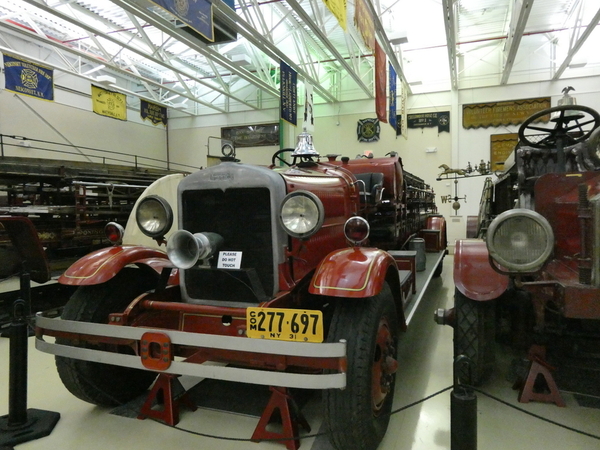
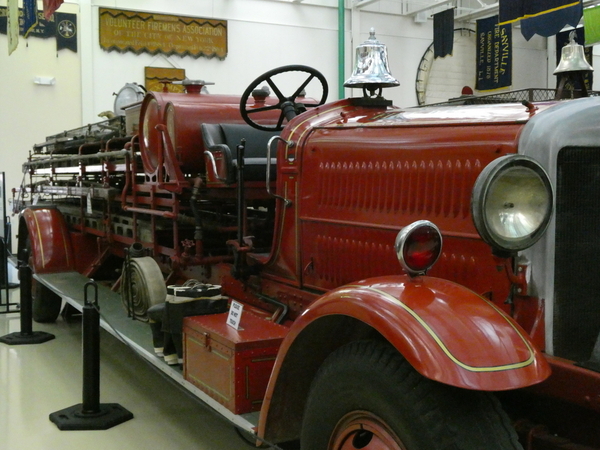
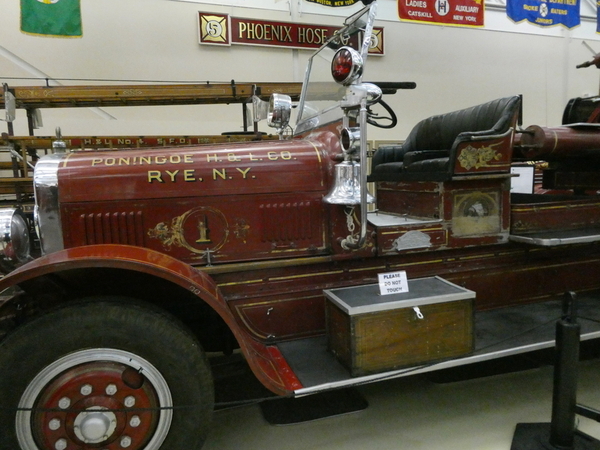
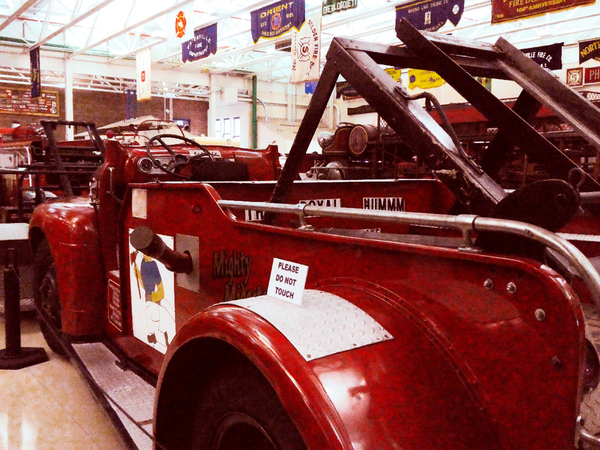

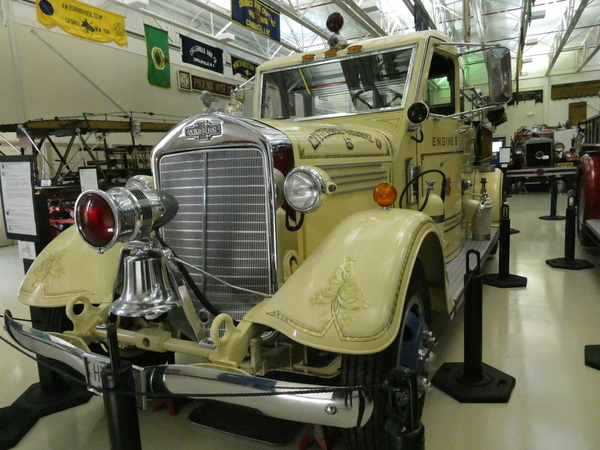
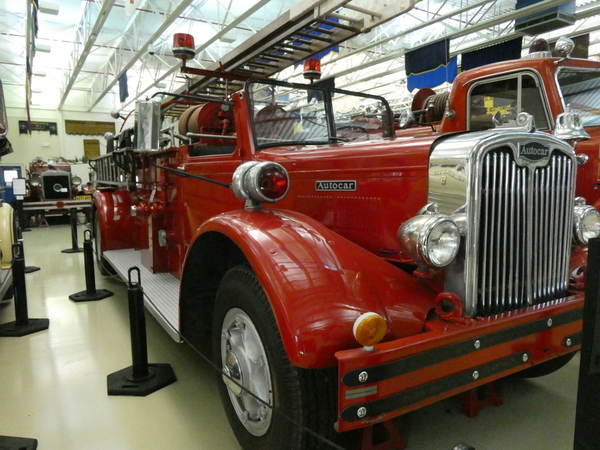
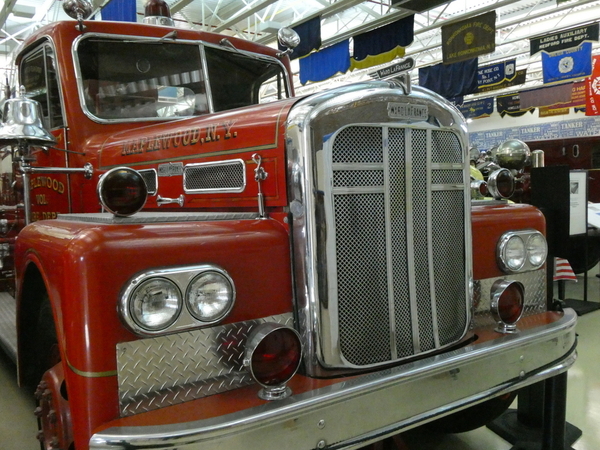
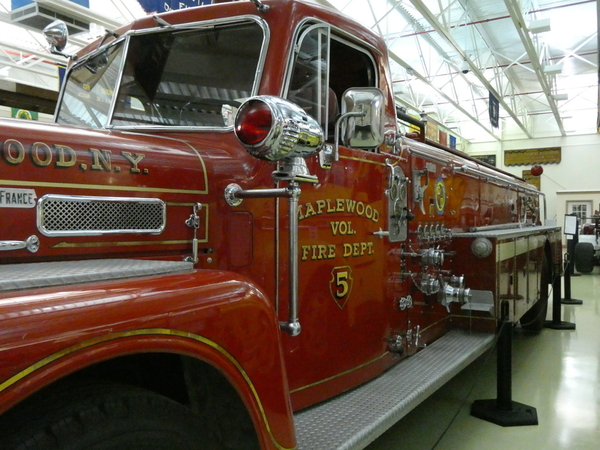
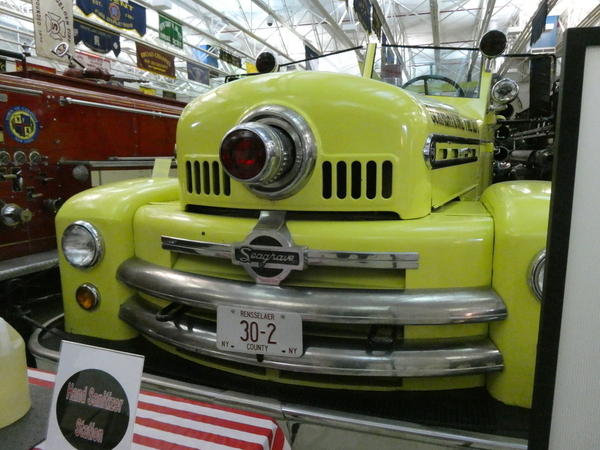
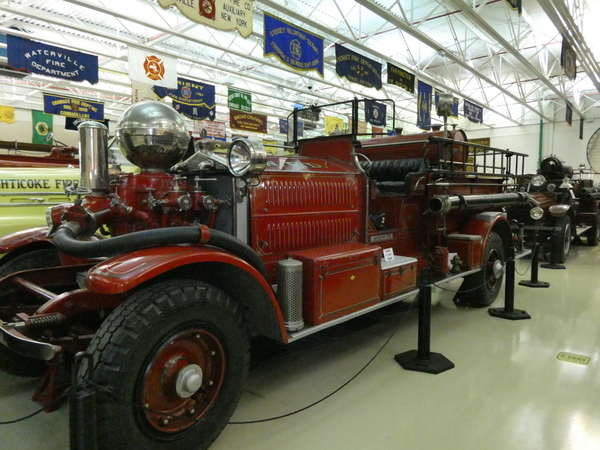
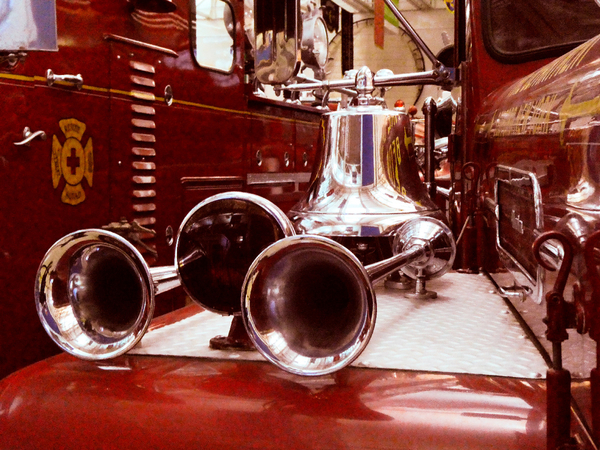
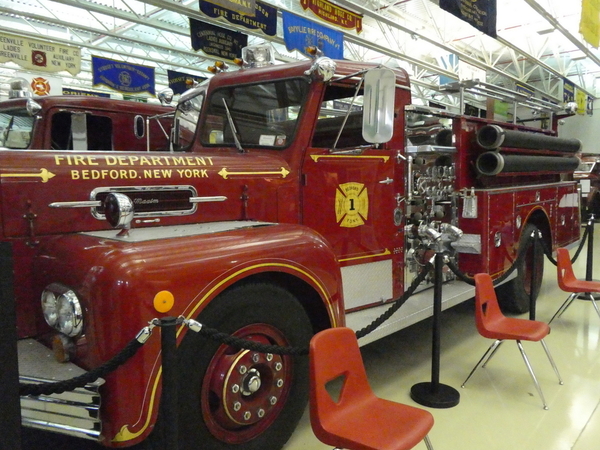
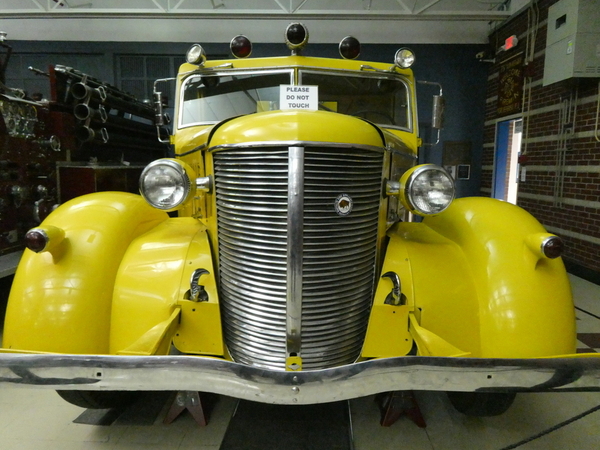
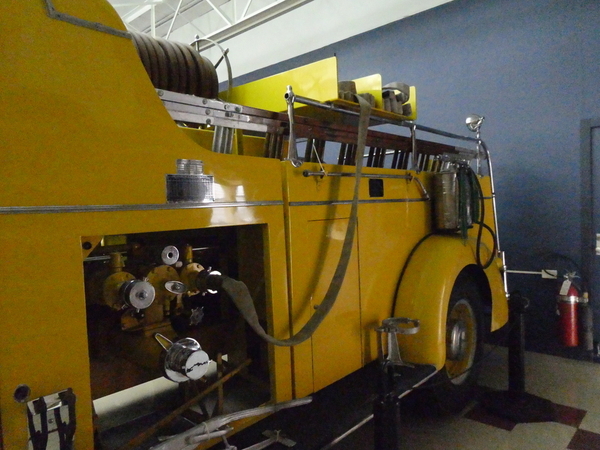
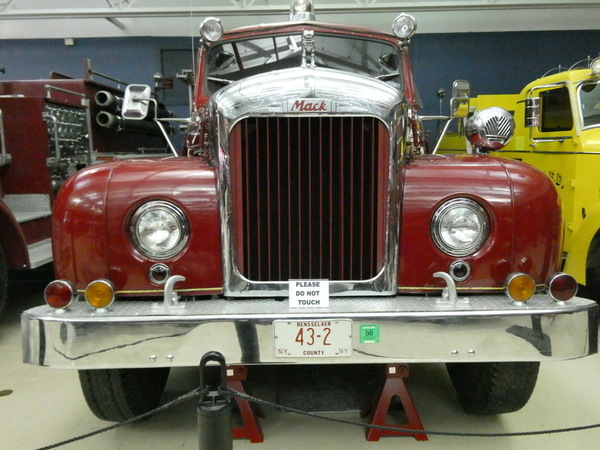

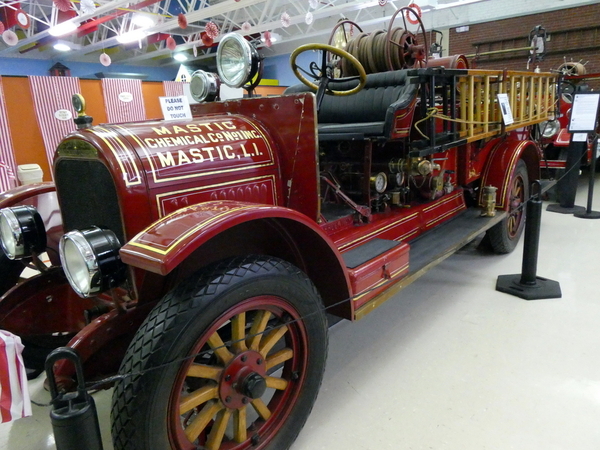




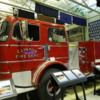




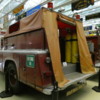























Comments (1)